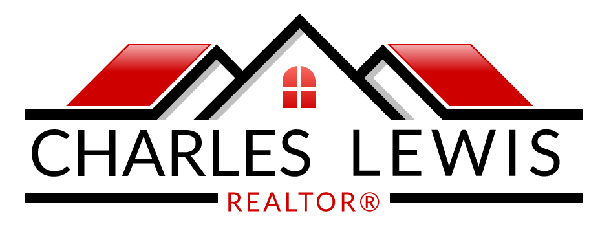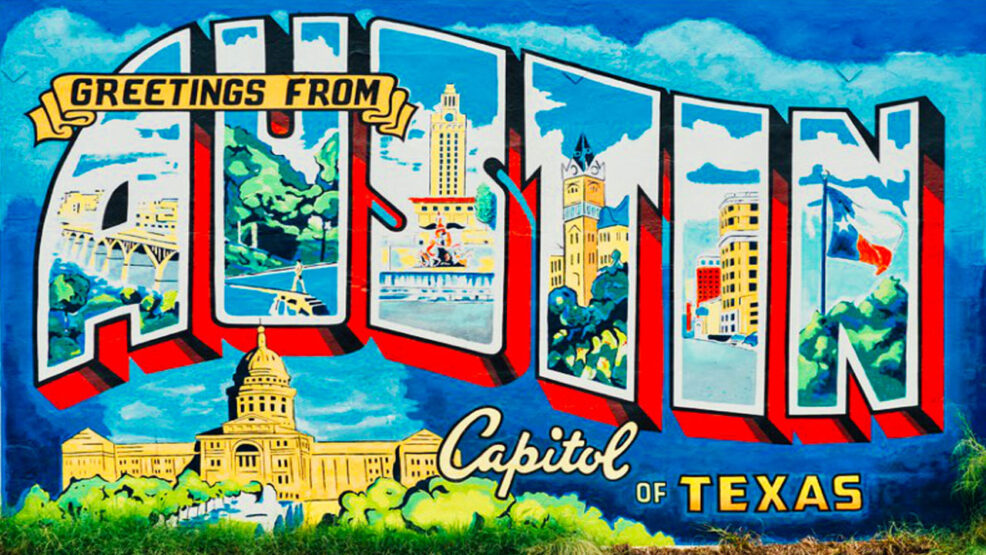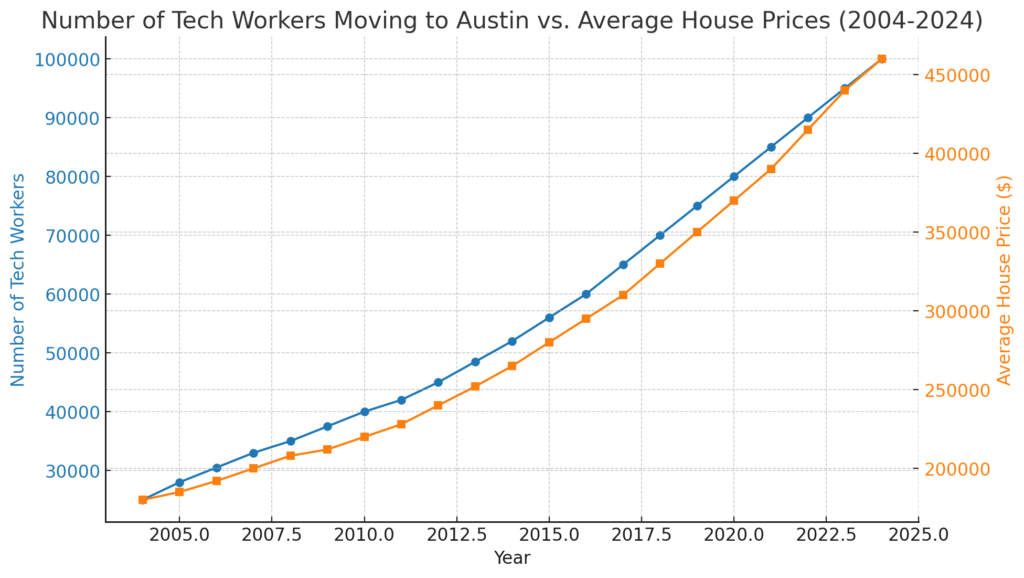Key Takeaways
-
Affordability Crisis: Austin’s real estate market is experiencing a severe affordability crisis, with a household needing an annual income of over $149,000 to afford a mortgage.
-
Cultural Shift: Austin has transitioned from a vibrant music and nightlife hub in the 1980s and 1990s to a city with a significant tech industry presence, attracting more affluent residents.
-
Gentrification: East Austin and other areas have undergone extensive gentrification, driven by speculators and flippers, resulting in a mix of old and new housing and increased property values.
-
Development Patterns: Unlike master-planned communities, much of Austin’s development has been investor-driven and uncoordinated, leading to diverse and sometimes incongruent neighborhood appearances.
-
Future Uncertainty: With the boom over, higher interest rates, and shrinking buyer demand, Austin faces the challenge of redefining itself while balancing its cultural identity and real estate market dynamics.
Austin, Texas, once celebrated as the “Live Music Capital of the World,” has undergone a dramatic transformation over the past few decades. The convergence of vibrant artistic communities and a booming tech industry has created a unique but challenging landscape for residents and potential homeowners. This clash of cultures has distorted Austin’s real estate market.
Austin’s Cultural Evolution
Austin’s cultural evolution began in the 1980s, a period when the city was synonymous with its vibrant nightlife and music scene. The launch of South by Southwest (SXSW) in 1987 and the city’s adoption of the “Live Music Capital of the World” moniker in 1991 cemented its reputation as a haven for independent artists and creative types. This cultural richness attracted a diverse population, fostering a community that was innovative, eclectic, and a little quirky.
From Music Mecca to Tech Hub
The 1990s and early 2000s saw Austin’s appeal broaden, attracting a new wave of residents drawn by the city’s burgeoning tech industry. Companies like Dell, IBM, and later, a host of startups, established a significant presence in Austin, leading to an influx of tech professionals. This demographic shift brought economic growth and prosperity, but it also laid the groundwork for the cultural clash that would later impact the real estate market.
The Affordability Crisis
Austin’s real estate market has been significantly impacted by its cultural and economic shifts. A recent report highlights the severity of the affordability crisis, revealing that a household needs an annual income of over $149,000 to afford a mortgage in the city. This stark figure underscores the dramatic increase in housing costs and the growing divide between different segments of the population.
Gentrification and Its Impacts
One of the most profound effects of Austin’s cultural and economic evolution has been widespread gentrification. Neighborhoods like East Austin, once considered rough and undesirable, have become hotspots for development. Speculators and flippers, attracted by the potential for high returns, have driven up property values, often at the expense of long-time residents.
Speculative Development
In East Austin, the transformation was driven by the realization that the area was within walking distance of downtown. Investors quickly snapped up old, inexpensive houses, renovating or replacing them with modern homes and condos. This speculative development led to a dramatic increase in property values, pricing out many of the original residents and altering the neighborhood’s character.
Uncoordinated Growth
Unlike master-planned communities that maintain a cohesive aesthetic and infrastructure, much of Austin’s development has been uncoordinated and driven by individual investors. This piecemeal approach has resulted in neighborhoods with a mix of old and new homes, often with stark contrasts in style and value.
The Role of HOAs
Homeowners’ Associations (HOAs) often play a significant role in maintaining neighborhood cohesiveness. However, in many of Austin’s older neighborhoods, HOAs are absent, leading to a diverse array of architectural styles and conditions. While this can create a unique and eclectic community, it can also contribute to disputes and concerns about property values, as seen in cases like Amelia Rodriguez’s pink house, which drew the ire of her neighbors.
The Boom and Its Aftermath
The COVID-19 pandemic further complicated Austin’s real estate market. The initial boom saw an influx of affluent buyers willing to pay premium prices for homes, driven by a fear of missing out. However, as the pandemic’s effects waned, higher interest rates and changing buyer preferences have led to a cooling of the market.
Unsold Homes and Investor Hesitation
Many of the more expensive homes built during the boom are now sitting unsold for extended periods. Investors who previously saw high returns are now hesitant, uncertain if the market can sustain its previous growth. This shift has left Austin in a period of flux, with the need to redefine itself in the face of changing economic and cultural dynamics.
Looking Ahead: Austin’s Future
As Austin navigates this period of transition, it faces the challenge of balancing its cultural heritage with the realities of a distorted real estate market. The city’s identity, once firmly rooted in its vibrant arts scene, is now intertwined with its role as a tech hub. Whether Austin can harmonize these aspects and address the affordability crisis will determine its future trajectory.
Rediscovering Austin’s Identity
There is an ongoing debate about whether Austin can rediscover the qualities that made it special. The influx of tech professionals and the resulting gentrification have undeniably altered the city’s character. However, many residents and community leaders believe that with thoughtful planning and policy, Austin can retain its unique charm while accommodating growth and development.
Sustainable Development Strategies
To address the housing crisis and ensure sustainable growth, Austin must consider strategies that balance development with affordability. This includes encouraging the construction of affordable housing, implementing policies that protect long-time residents, and fostering community initiatives that celebrate and preserve Austin’s cultural heritage.
Conclusion
Austin’s journey from a music mecca to a tech hub has brought both opportunities and challenges. The clash of cultures has distorted the real estate market, leading to significant affordability issues and a redefined cityscape. As Austin looks to the future, it must navigate these complexities with a focus on sustainability, inclusivity, and a commitment to preserving the qualities that have long made it a vibrant and beloved city.
Here’s a table that tracks the influx of tech workers moving to Austin and the corresponding changes in average house prices over the last 20 years.
People are Asking:
- Why is Austin’s housing market going down?
- Is the Austin real estate market overvalued?
- Does Austin have a housing crisis?
- Is Austin, TX a buyers or sellers market?
- Is the housing market crashing in Austin in 2024?
- Is it a bad time to buy a house in Austin?
- Why are people leaving Austin? Is Austin becoming unaffordable?
- Is Austin still a good place to invest?
- Why is Austin so expensive?
Frequently Asked Questions
Q: What has caused the affordability crisis in Austin’s real estate market?
Q: How has gentrification affected East Austin?
Q: What role do HOAs play in Austin’s neighborhoods?
Q: How did the COVID-19 pandemic impact Austin’s real estate market?
A: The pandemic initially led to a boom, with an influx of affluent buyers. However, higher interest rates and changing buyer preferences have since cooled the market, leading to an increase in unsold homes.
Q: What strategies can Austin implement to address its housing crisis?
A: Strategies include encouraging the construction of affordable housing, protecting long-time residents through policy measures, and fostering community initiatives that celebrate and preserve Austin’s cultural heritage.


